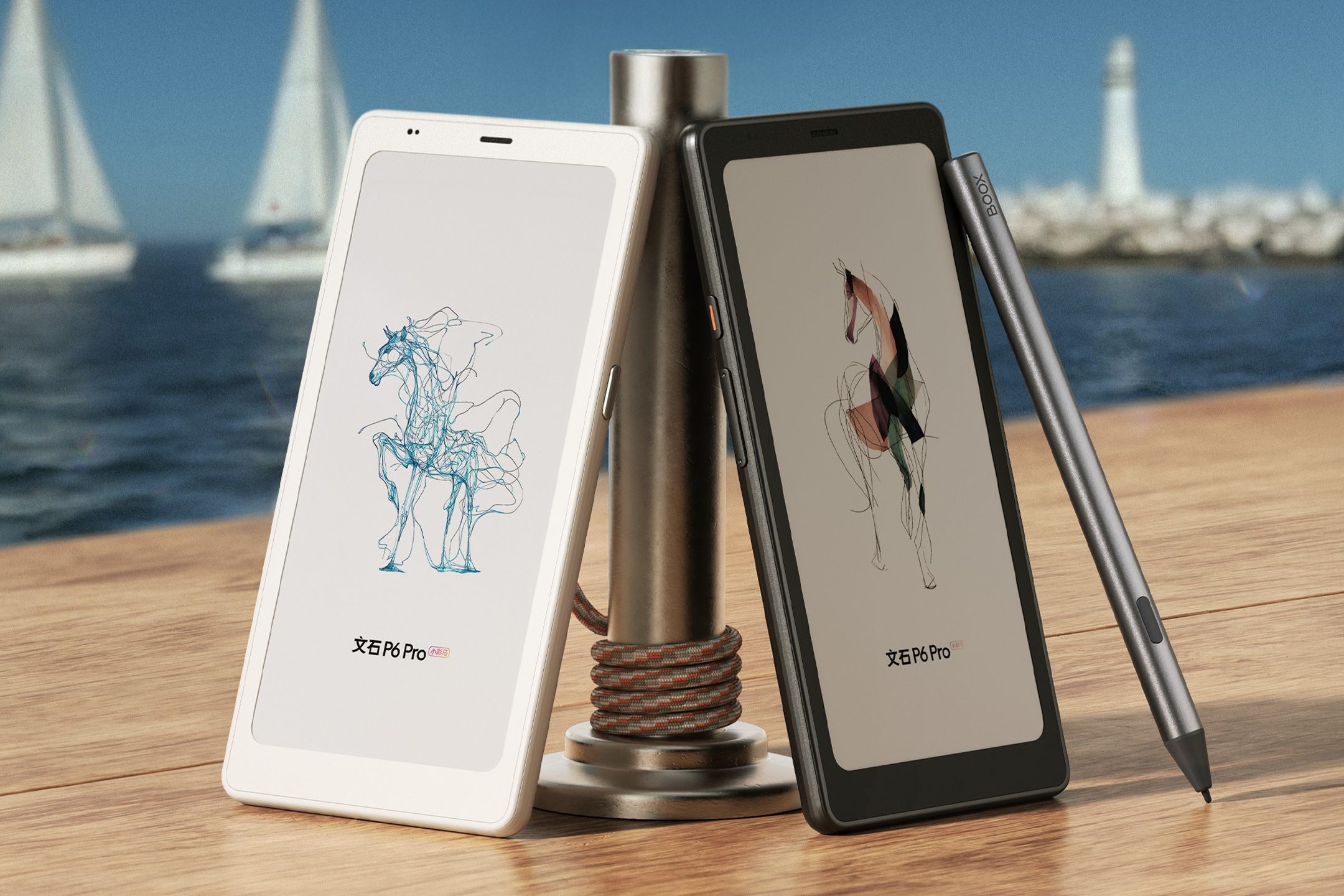
samsung smartthings finally adds support for joining Samsung SmartThings has taken a significant step forward in enhancing smart home interoperability by enabling its Aeotec hubs to join existing Thread networks.
samsung smartthings finally adds support for joining
Understanding the New Capability
With the introduction of “two-way Thread network unification,” Samsung SmartThings now allows Thread credentials sharing among different manufacturers. This means that when a Samsung device, functioning as a Thread border router, is added to a home, it can seamlessly integrate into an existing Thread network rather than creating a separate one. This capability is particularly important in a landscape where various smart home ecosystems often operate in silos.
The new feature is part of the Thread 1.4 specification, which was released last year. Initially, it will be available on select SmartThings hubs, including the Aeotec Smart Home Hub and the Aeotec Smart Home Hub 2. Samsung has indicated that more hubs will support this feature in the future, further expanding the potential for interoperability.
How It Works
The SmartThings app has introduced a new “Manage Thread Network” menu, which simplifies the process of connecting a compatible hub to an existing Thread network. Users can utilize a QR code, a one-time passcode, or their mobile operating system’s credential locker to facilitate this connection. Additionally, this interface allows for the integration of third-party border routers into an existing SmartThings hub’s Thread network, again using a QR code or one-time passcode.
The Role of Thread Border Routers
A Thread border router serves as a gateway for Thread devices, which are designed for low-power applications such as door locks, lights, and sensors. Thread is a wireless protocol that is integral to the Matter smart home standard, enabling devices to communicate efficiently and reliably. Border routers are essential for connecting local Thread devices to the internet and other networks, and they can be embedded in various devices, including streaming boxes, smart speakers, and Wi-Fi routers. This versatility means that many households may have multiple Thread border routers, enhancing the overall smart home experience.
Having several Thread border routers can significantly improve the range and reliability of the devices within a smart home. The self-healing mesh network allows for increased resilience; if one border router fails, another can take over the traffic, ensuring that smart home devices remain connected and functional.
The Challenge of Interoperability
When Matter was launched in 2022, it became clear that there was no standardized method for Thread border routers from different manufacturers to communicate with one another. For instance, an Apple TV could not connect with an Eero Wi-Fi router, leading to the creation of separate Thread networks that prevented devices from interacting seamlessly. This fragmentation was a significant hurdle for consumers looking to create a cohesive smart home ecosystem.
Initially, major border router manufacturers—including Apple, Amazon, Google, and Samsung—expressed their commitment to collaborating on solutions to this interoperability issue. However, progress has been slow. While Apple and Google have implemented Thread network credentials sharing through their mobile operating systems (iCloud Keychain and Google Play services, respectively), these solutions remain largely ecosystem-specific. A universal method for sharing credentials across different platforms was still necessary.
The Emergence of Matter
Matter aims to address these interoperability challenges by providing a common language for connected devices. Developed by a consortium of industry leaders, including Apple, Amazon, Google, and Samsung, Matter is an open-sourced, IP-based connectivity layer designed to facilitate communication among smart home devices without relying on cloud services. It is built to be secure, private, and user-friendly, with a focus on broad compatibility.
Matter supports a wide range of device types, including lighting, thermostats, locks, robot vacuums, refrigerators, dishwashers, dryers, ovens, smoke alarms, and air quality monitors. Devices bearing the Matter logo can be set up and utilized within any Matter-compatible ecosystem, allowing for a feature known as multi-admin, which enables control by multiple ecosystems.
Recent Developments in Thread Protocol
In light of the challenges surrounding interoperability, the Thread Group, which oversees the Thread protocol, mandated the implementation of “credentials sharing” in its 1.4 specification. This standardized approach allows Thread devices and border routers to join existing Thread networks, thereby enhancing the user experience and simplifying the setup process.
Samsung’s adoption of Thread 1.4 is a significant milestone, as it aligns with the broader industry movement toward interoperability. Apple has also integrated this capability into its latest iOS 16 update for Apple TV and HomePods, which serve as Thread border routers. However, it remains unclear whether Apple has fully launched an interface for credentials sharing.
On the other hand, neither Amazon nor Google has yet implemented Thread 1.4, although both companies have indicated that they are working on it. Google Home’s Thread border routers, which include devices like the Google TV streamer, Nest Hubs, and Nest Wifi, may connect to existing networks through Google’s mobile OS credentials sharing. However, Amazon’s Echo devices that support Thread are currently limited to connecting only to Amazon or Eero-created networks. While Amazon has plans to enable Thread 1.4 next year, it has yet to support merging with existing Thread networks.
Implications for Smart Home Users
The introduction of Thread credentials sharing by Samsung SmartThings marks a pivotal moment in the evolution of smart home technology. As manufacturers begin to adopt standardized methods for interoperability, consumers can expect a more seamless experience when integrating devices from different ecosystems. This development not only enhances user convenience but also encourages innovation within the industry.
For users, the ability to connect various devices from different manufacturers without the hassle of setting up separate networks means greater flexibility in building a smart home tailored to their needs. It opens the door for a wider range of compatible devices, allowing users to choose products based on features and performance rather than brand loyalty.
Future Prospects
As the smart home landscape continues to evolve, the adoption of standards like Matter and the implementation of features like Thread credentials sharing will likely play a crucial role in shaping consumer experiences. The ongoing collaboration among major tech companies will be essential in overcoming existing barriers to interoperability.
Looking ahead, the industry must address the remaining gaps in compatibility and ensure that all major players are aligned in their efforts to enhance user experiences. As more devices become Matter-compatible and manufacturers adopt standardized protocols, consumers can anticipate a future where their smart home devices work together effortlessly, regardless of brand.
In conclusion, Samsung SmartThings’ recent advancements in Thread network integration represent a significant leap toward a more interconnected and user-friendly smart home ecosystem. As the industry moves forward, the focus on interoperability will be paramount in delivering the seamless experiences that consumers desire.
Source: Original report
Was this helpful?
Last Modified: October 10, 2025 at 9:38 pm
1 views















